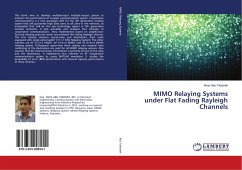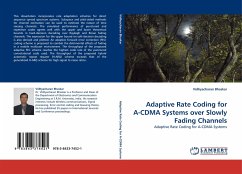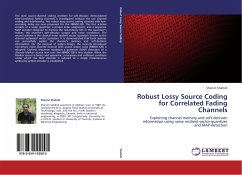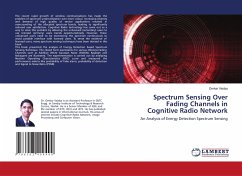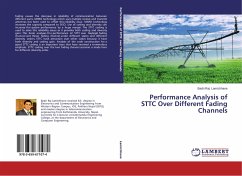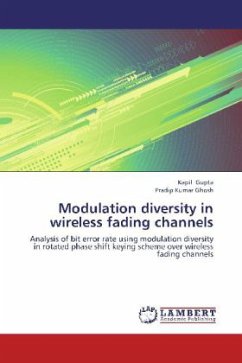Modern wireless communication systems over fading channels are designed for reliability and to maximize the spectrum usage. An effective way to obtain this is through the use of multiple transmit and receive antennas also known as MIMO. Good models and theoretical prediction of MIMO performance is therefore neccessary for proper system optimization. There is also a need to verify the derived models by practical channel measurements. This book introduce MIMO communication basics to the reader, followed by a theoretical analysis of the performance in fading channels for the most common MIMO transmission modes. Then practical aspects of MIMO is discussed and an analysis of real measurements using a MIMO testbed, the impact of nonlinearities and calibration of MIMO systems is given. The last chapter is devoted to switched parasitic antennas, which is a method to implement multi-antenna system with low investments in hardware. The book is useful as an introduction to MIMO for the engineering student and as a reference for researchers and developers in the industry.
Bitte wählen Sie Ihr Anliegen aus.
Rechnungen
Retourenschein anfordern
Bestellstatus
Storno


